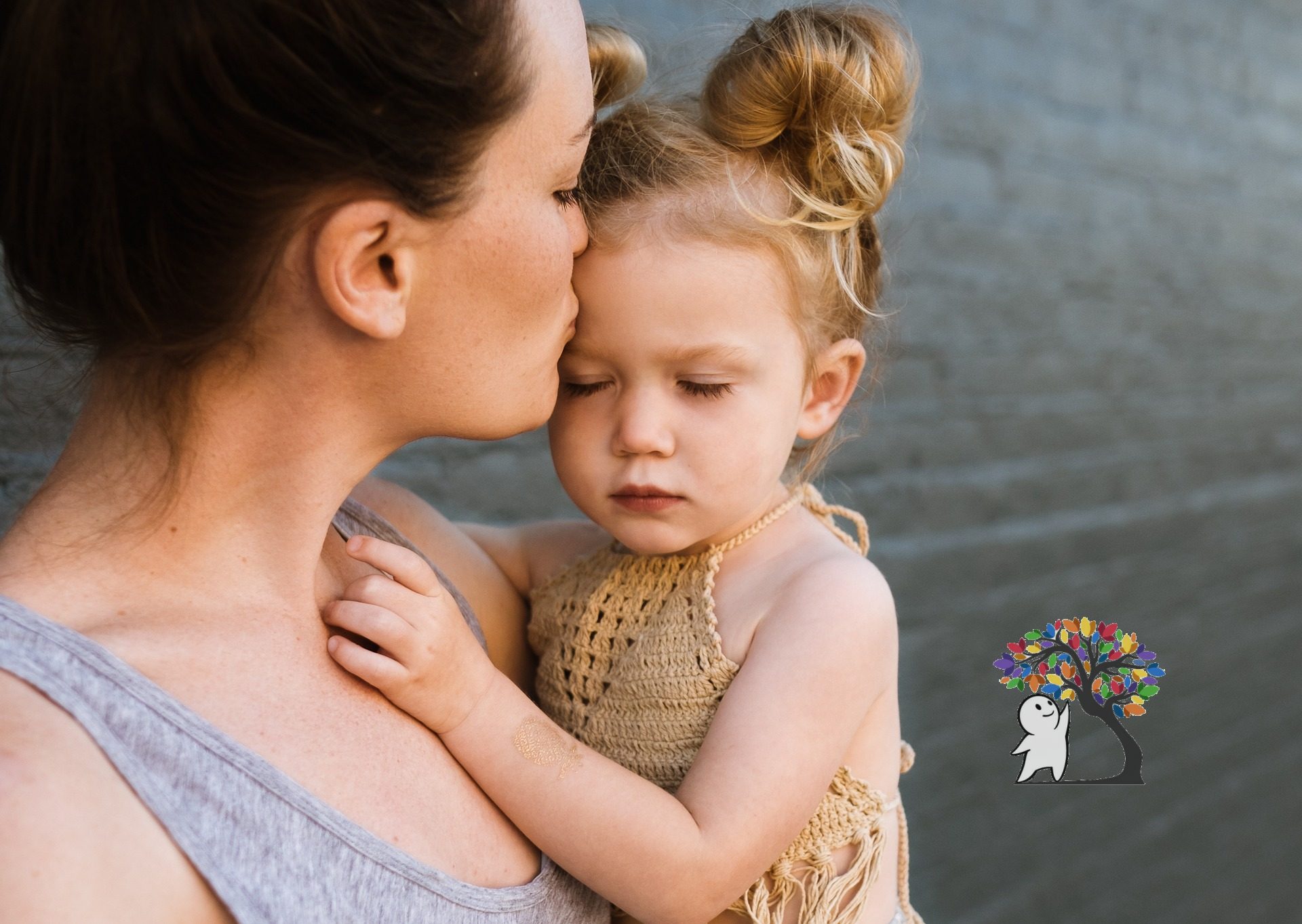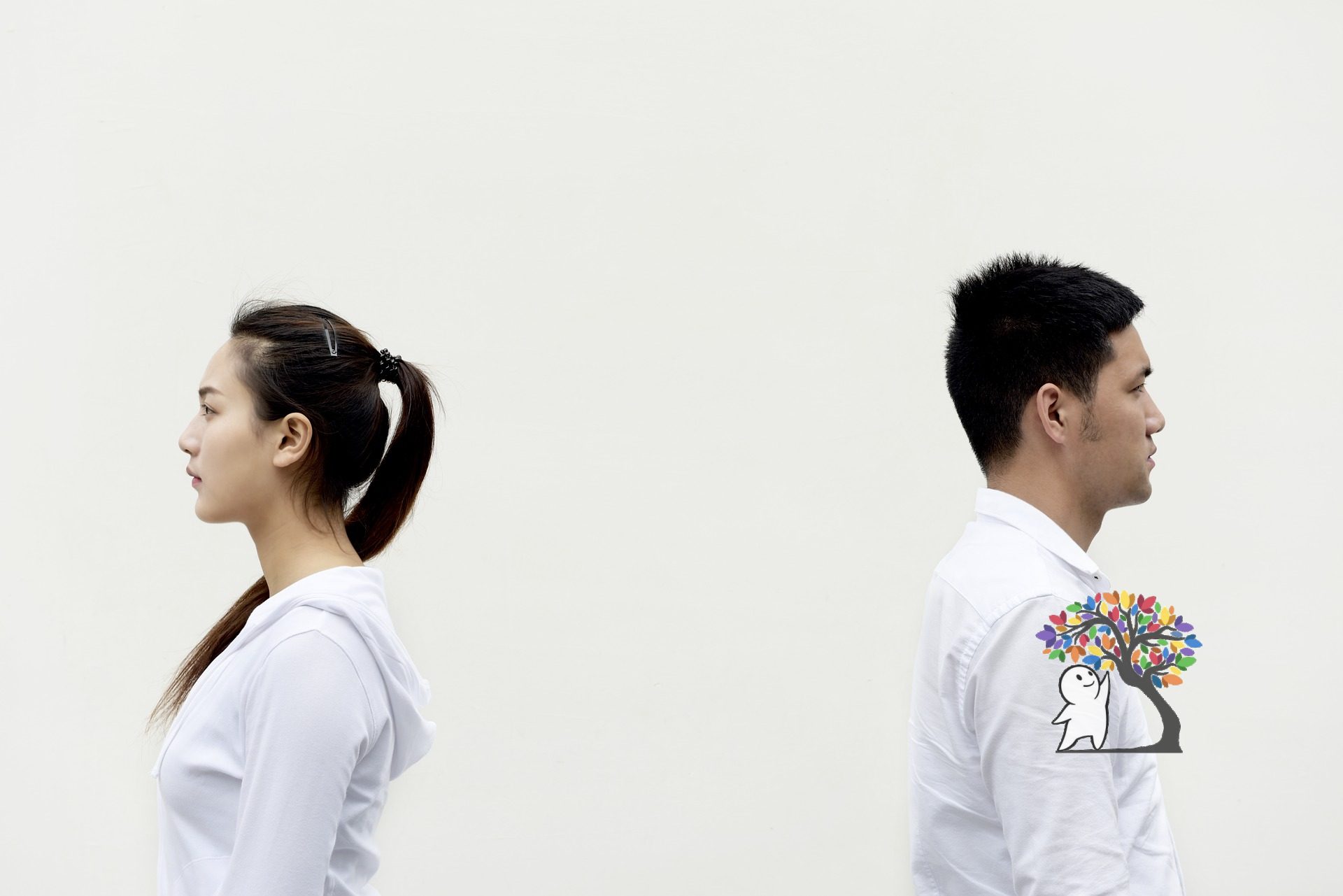Signs Of An Unhealthy Attachment Style

Being attached to other people is natural and necessary. When we’re born, we need to rely solely on another person to take care of us and it logically follows that we develop a fondness and affection for that person. In fact, it seems nearly impossible to be completely dependent on someone and not build up an emotional connection. When we’re still in infancy, trust begins to develop between us and our caregivers, and thus our attachment style starts to form.
According to psychologist John Bowlby, attachment is defined as “a lasting psychological connectedness between human beings” (Very Well Mind). The attachment style we develop has a great deal to do with our personalities, but it is also a result of that attachment we experienced when we were young. We know these early emotional bonds and situations are important because they have a continuing influence on the way we relate to partners in romantic relationships. Meaning we connect with romantic partners in a fashion similar to the way we related to our caregivers. We want to be with these people, we share a bond we want to keep, we want to help them and want them to be there to help us.
But there are different types of attachment styles that a person can have, and that not all of them are healthy. While being attached to someone is helpful in many ways, the way we attach to them has the potential to be painful.

Here are some signs of unhealthy attachment style:
1. Requiring constant reassurance
There are many people who want to be close to someone else in a very big way. They may crave the sort of deep connection that comes with close relationships. But sometimes they worry that the other person is going to abandon them so they overthink it, dwelling on their fears and concerns. “They seek approval and reassurance from others, yet this never relieves their self-doubt” (February, et al., 2019). It is common for such people to be needy or jealous.

2. Feelings of attachment are not shared
It’s fine to care very much about someone else, and in fact, it can be a great thing. However, when the feelings aren’t mutual, it can become a problem. Doing too much for another person often gives way to not doing enough for yourself. Healthy relationships are a two-way street, and equal for the most part. In these relationships, one person is too emotionally dependent on the other.

3. Being too concerned with the other person’s needs and feelings
Caring people are wonderful to be around. But they run the risk of caring too much, ultimately leading to damaging relationships. When caring people become preoccupied with what others are going through, they have the potential to want to jump in to save others from suffering. They may even try to control the situation without having been asked to help. This is an example of what’s called “Rescue Behavior.”

These unhealthy relationships may be present because the person’s attachment style is “anxious,” meaning they crave closeness intensely but are uncertain of the other person’s commitment. Their intensity and doubt are often too much for the other parties in their relationships.
Another unhealthy attachment style is an avoidant one. This is when a person is uncomfortable with emotional closeness and struggles to trust the people around them. These people value self-sufficiency and prefer to rely only on themselves. (Levy, 2017)
4. Steering clear of intimacy
Although many people enjoy being independent, we should probably admit that interpersonal relations are important for us. When a person buries their emotions for the sake of being free from deep connections, it becomes a problem. Additionally, they struggle to be there for their partners. This is a dismissive-avoidant attachment style, and the forced emotional distance can cause tension and even unhappiness between the two (Avoidant Attachment, 2019).

5. Feeling “out of sorts” in a relationship
People who feel their relationships are disorganized and confusing can also struggle to get to a certain level of intimacy. For them, relationships are overwhelming. This is most likely due to the ambivalence of their own desires.

Ideally, we should strive for a secure attachment style. This means we are comfortable with closeness, are able to form strong bonds, aren’t worried about abandonment, and have a balance between dependence and independence. With this attachment style, we realize that space is necessary in every relationship and know that it isn’t a sign to feel threatened. Secure people also manage and communicate their emotions effectively.
Attachment styles are significant because they shape how people relate to other human beings. The way we communicate our emotional needs, understand the needs of others, the level of closeness to others we allow ourselves to have, and the way we think about relationships in general are some of the aspects of life affected by attachment. So to gain some insight, you can perhaps give some thought to how you attach to other people, and what that means for you.
Citations:
Avoidant Attachment: The Advanced Guide. (2019, April 9). Retrieved from
https://www.depressionalliance.org/avoidant-attachment/.
Cherry, Kendra. “How Attachment Theory Works.” Verywell Mind, Verywell Mind, 17 July 2019, https://www.verywellmind.com/what-is-attachment-theory-2795337.
February, J. C., December, J., February, K. H., May, J., Garcia, D., May, R., … March, M. (2019, March 14). Anxious Attachment: Understanding Insecure Anxious Attachment. Retrieved from https://www.psychalive.org/understanding-ambivalent-anxious-attachment/.
Levy, T. (2017, May 26). Four styles of adult attachment. Retrieved from https://www.evergreenpsychotherapycenter.com/styles-adult-attachment/.
Thomas, Julia. “Unhealthy Attachment Styles: Types, Definitions, And Therapy.” Betterhelp, BetterHelp, 27 Jan. 2018, https://www.betterhelp.com/advice/relations/unhealthy-attachment-styles-types-definitions-and-therapy/.



Responses